What is Mold Remediation?
.jpg?width=4032&name=IMG_3103%20(1).jpg)
Mold remediation is often compared to asbestos abatement or asbestos remediation as the process followed to remediate both both mold and asbestos are very similar. In a nut shell, you want to remove the mold, but also prevent the mold from migrating to "clean rooms" and lastly you want to ensure the mold doesn't return. This part is the linchpin of any remediation project and that is where experience counts.
Mold Remediation Overview
When mold remediation is performed the project starts with the containment of the contaminated area, which is performed to ensure that mold does not migrate to other non impacted rooms or areas. In finished spaces such as homes and offices, negative pressure containment is established to ensure that spores are controlled and contained.
Mold remediation is a multi step process that includes establishing containment of the area of mold remediation (so you do not impact clean areas), source removal of the mold, which can include fungicide application, hepa vacuuming, air filtration and physical removal of impacted building materials (i.e., removing sheetrock 18" past visible growth), air scrubbing and preventive measures such as application of a fungistatic coating to remaining organic surfaces to prevent future growth.
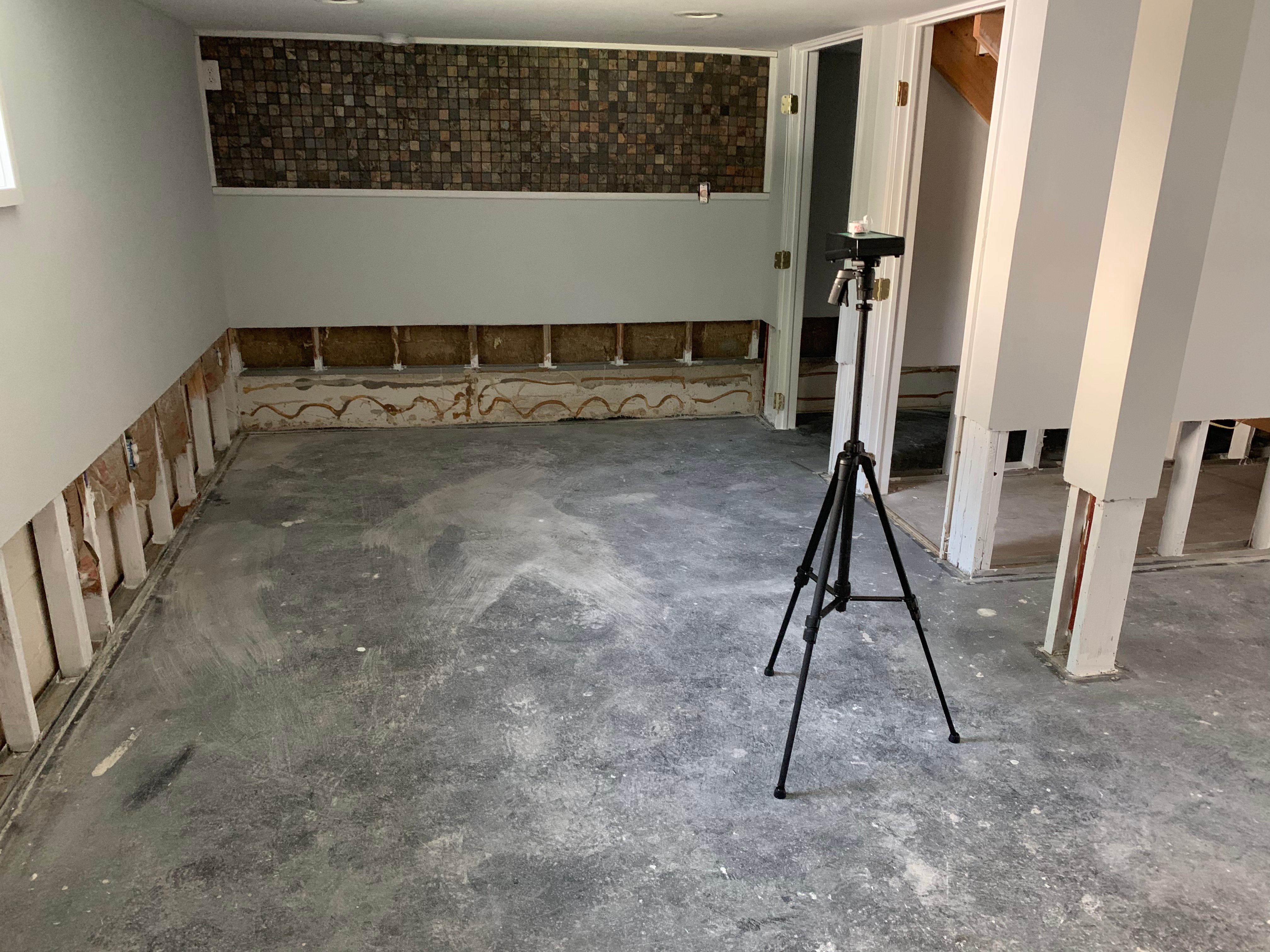
How do you remediate mold?
Seal off doors, windows, ducts, etc. in the work area from other areas of the building. An objective is to not spread the mold to other areas.
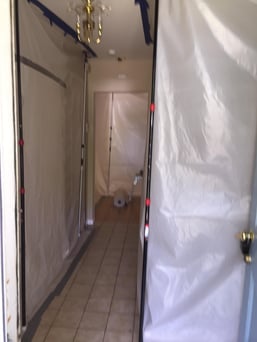
Run HEPA air filters to clean the air in the work space of mold spores. This also helps establish negative air and contains the work areas from clean rooms in the building.
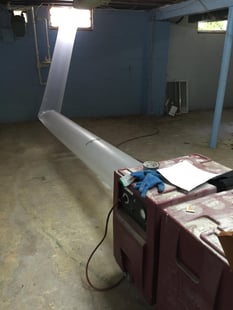
Proper work protection is important and mod remediation can be physically demanding, you must take appropriate respiratory protective measures for all mold remedial technicians.
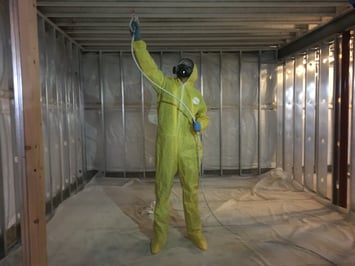
Hepa vacuum loose growth on impacted material.
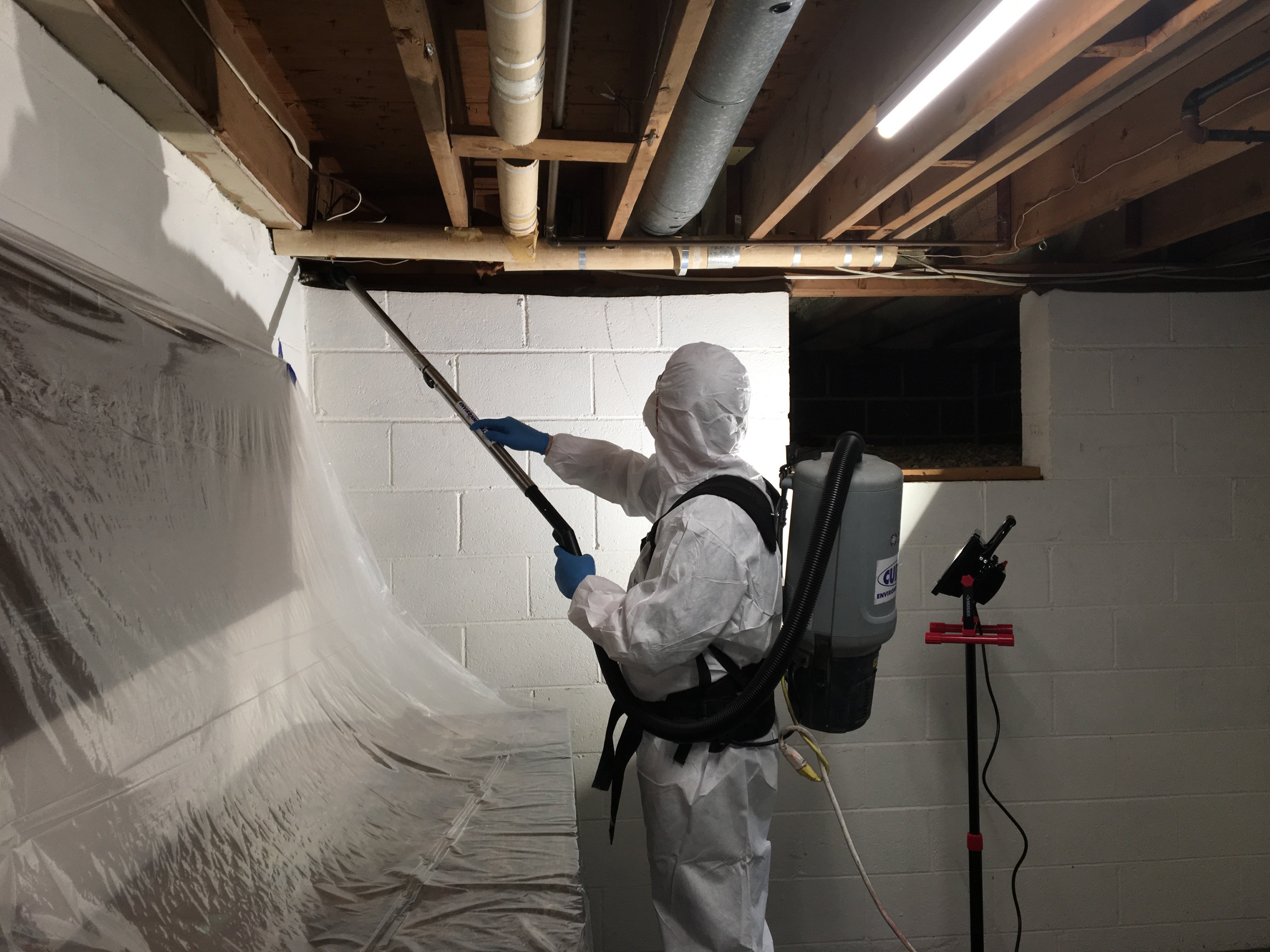
Remove impacted material that cannot be cleaned. Industry guidelines are that you remove impacted sheetrock 18" past visible growth. If you must carry material through living space and double bag the material. *Lastly do not hire a firm to both remove and replace building materials such as sheetrock, we often find that more gets removed than is needed.
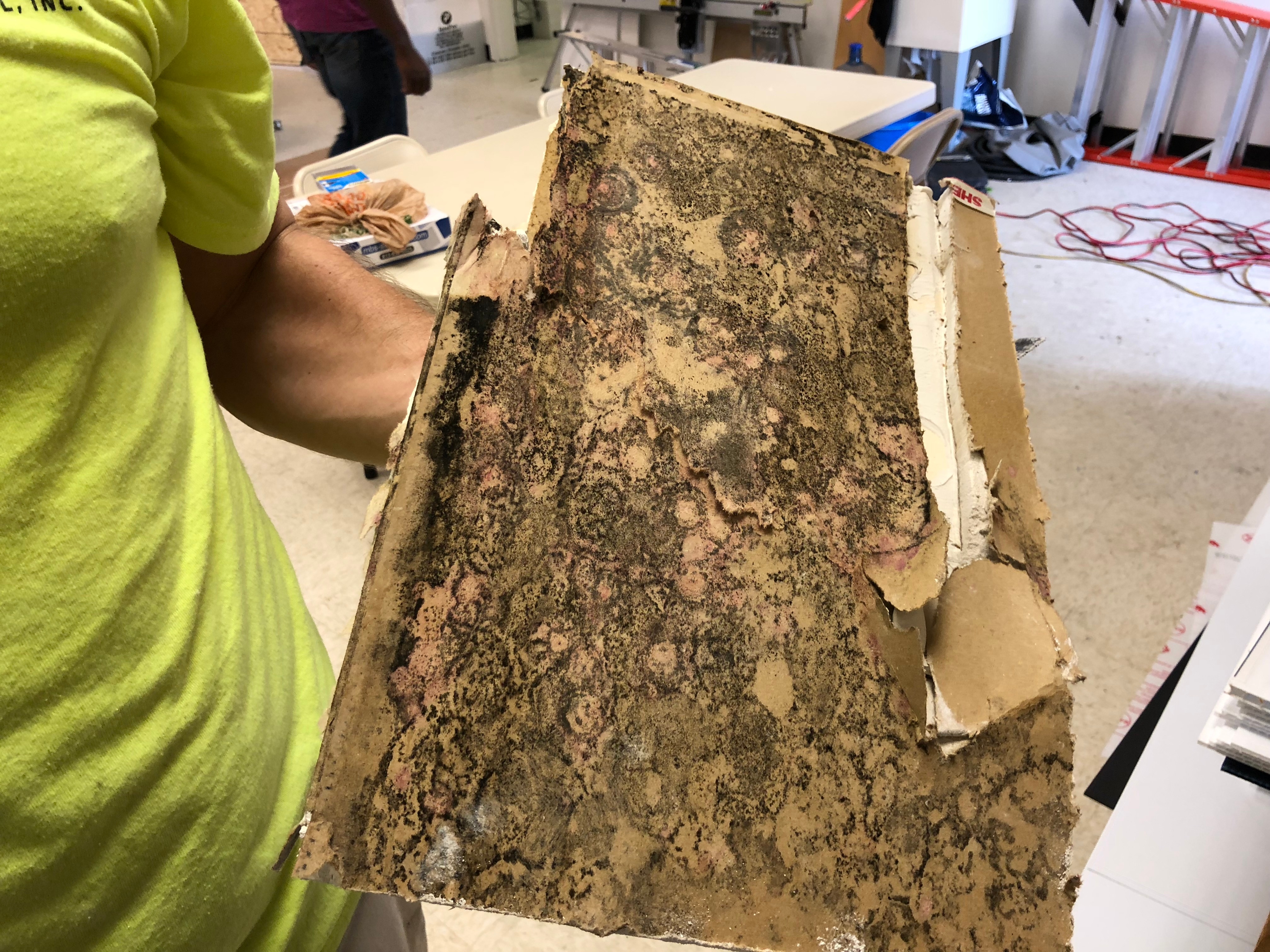
As part of the mold remediation you want to apply a broad spectrum fungicide to all surfaces to kill any remnant spores. This is typically performed with wet wiping and air scrubbing to capture airborne spores.
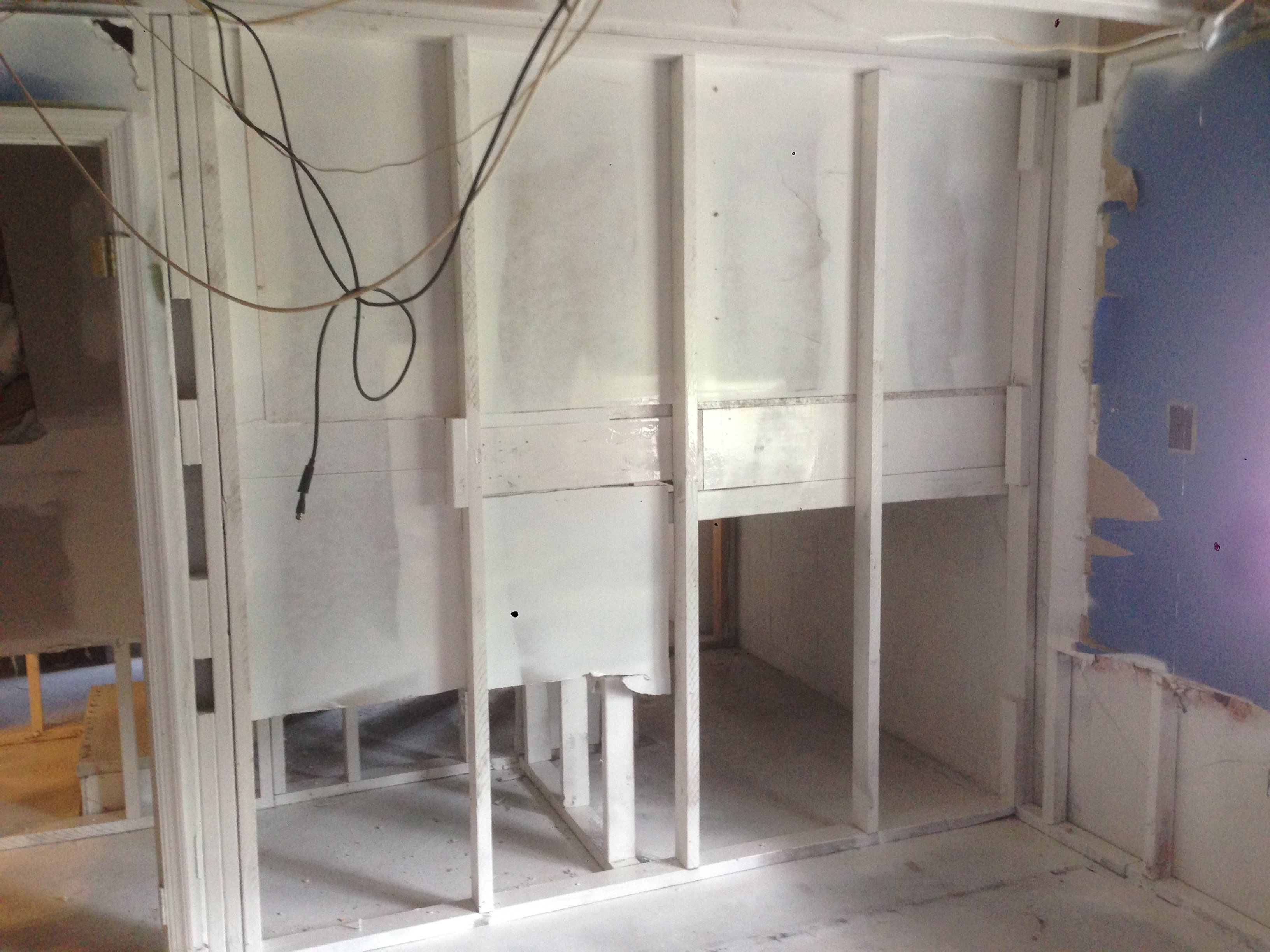
Once you have removed the mold, you need to ensure that mold will not return. In spaces such as attics, basements and crawlspace (In short areas that are not conditioned -heated or cooled), you want to apply a fungistatic coating which will inhibit FUTURE mold growth. The white tinted coating is by far the most popular as it is visible on surfaces coated. Anyone who has painted a room knows that areas can be missed so applying a color that is distinct from the original surface color ensures that the desired area is coated. This coating will also encapsulate the porous surfaces (wood) from absorbing moisture and to kill and remaining mold spores.
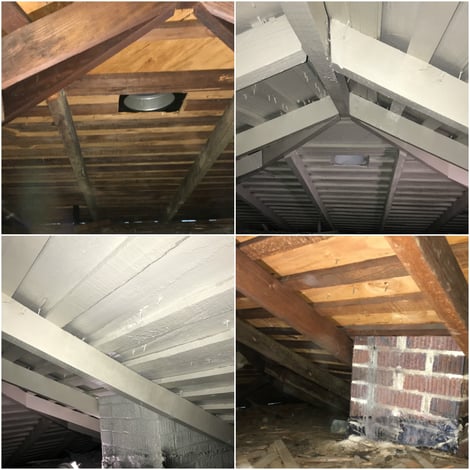
Most mold remediation is not a DIY (Do It Yourself) project, simple because homeowners don't have the training or access to the necessary equipment to remediate the mold. You will not find mold remediation rental tools, fungicides or fungistatic coatings at home centers.
We can inspect sites where a DIY mold remediation was performed, but be warned we find the success rate to be abysmally low.
Call the professionals
Monday to Friday 8:00 am to 5:00 pm EST.
888-301-1050
If you are contacting us during non business hours complete the form on the right side of the page and an environmental manager will contact you on the next business day.
Mold-Frequently-Asked-Questions
Mold-Remediation-and-Inspection-
/how-to-interpret-mold-test-results
Successful mold remediation includes both the removal of the mold as well as finding the source of the moisture that caused the mold growth. An often overlooked portion of any mold remediation is the evaluation of what caused the mold growth in the first place and the application of measures to prevent the situation from reoccurring. Simple put, define what was the moisture source (many times it is sources) and remedy the cause.
-
 This photo series represents a vacant home where water historically infiltrated the unfinished space of the first floor (slab on grade construction). A water pipe froze and broke and at one point up to 14" of water filled the space, impacting Sheetrock, insulation and carpets.
This photo series represents a vacant home where water historically infiltrated the unfinished space of the first floor (slab on grade construction). A water pipe froze and broke and at one point up to 14" of water filled the space, impacting Sheetrock, insulation and carpets. -
 The water entry was discovered within a week, which helped prevent mold growth from spreading too far past the high water mark (mold needs 48 to 72 hours of moisture to start to grow and spread).
The water entry was discovered within a week, which helped prevent mold growth from spreading too far past the high water mark (mold needs 48 to 72 hours of moisture to start to grow and spread). -
 Only Sheetrock and insulation up to 24" required removal. All impacted building materials were removed under controlled conditions (negative air).
Only Sheetrock and insulation up to 24" required removal. All impacted building materials were removed under controlled conditions (negative air). -
 Only Sheetrock and insulation up to 24" required removal. All impacted building materials were removed under controlled conditions (negative air).
Only Sheetrock and insulation up to 24" required removal. All impacted building materials were removed under controlled conditions (negative air). -
 Only Sheetrock and insulation up to 24" required removal. All impacted building materials were removed under controlled conditions (negative air).
Only Sheetrock and insulation up to 24" required removal. All impacted building materials were removed under controlled conditions (negative air). -
 Only Sheetrock and insulation up to 24" required removal. All impacted building materials were removed under controlled conditions (negative air).
Only Sheetrock and insulation up to 24" required removal. All impacted building materials were removed under controlled conditions (negative air). -
 This photo series represents a vacant home where water historically infiltrated the unfinished space of the first floor (slab on grade construction).
This photo series represents a vacant home where water historically infiltrated the unfinished space of the first floor (slab on grade construction). -
 Areas were cleaned with HEPA vacuums and a fungicide applied to kill and residual mold spores. The final approach was applying a white encapsulate containing a long acting fungicide to prevent future mold growth (the historic water entry was repaired) and to ensure that any remaining spores were remediated.
Areas were cleaned with HEPA vacuums and a fungicide applied to kill and residual mold spores. The final approach was applying a white encapsulate containing a long acting fungicide to prevent future mold growth (the historic water entry was repaired) and to ensure that any remaining spores were remediated. -
 Only Sheetrock and insulation up to 24" required removal. All impacted building materials were removed under controlled conditions (negative air).
Only Sheetrock and insulation up to 24" required removal. All impacted building materials were removed under controlled conditions (negative air). -
 Only Sheetrock and insulation up to 24" required removal. All impacted building materials were removed under controlled conditions (negative air).
Only Sheetrock and insulation up to 24" required removal. All impacted building materials were removed under controlled conditions (negative air). -
 The final approach was applying a white encapsulate containing a long acting fungicide to prevent future mold growth (the historic water entry was repaired) and to ensure that any remaining spores were remediated.
The final approach was applying a white encapsulate containing a long acting fungicide to prevent future mold growth (the historic water entry was repaired) and to ensure that any remaining spores were remediated. -
 The final approach was applying a white encapsulate containing a long acting fungicide to prevent future mold growth (the historic water entry was repaired) and to ensure that any remaining spores were remediated.
The final approach was applying a white encapsulate containing a long acting fungicide to prevent future mold growth (the historic water entry was repaired) and to ensure that any remaining spores were remediated. -

-

-
 Only Sheetrock and insulation up to 24" required removal thus saving restoration costs as the entire wall did not require new sheetrock.
Only Sheetrock and insulation up to 24" required removal thus saving restoration costs as the entire wall did not require new sheetrock.
Curren Environmental has been performing professional environmental services since 1998.


